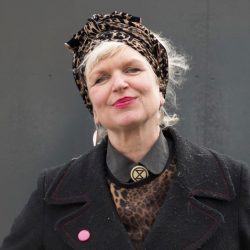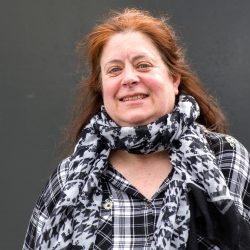Ironworks Public Art Programme
Throughout the construction of the new Ironworks site, there has been a creative programme delivered with the community, a team of artists and a community historian.
Looking to explore and articulate what makes this part of Cambridge unique and special for the local community, the artists delivered a range of talks, walks, workshops and much more in collaboration with residents while the site was under construction. The activities and stories collected informed the design and character of Ironworks through a series of creative commissions developed in collaboration with the community.
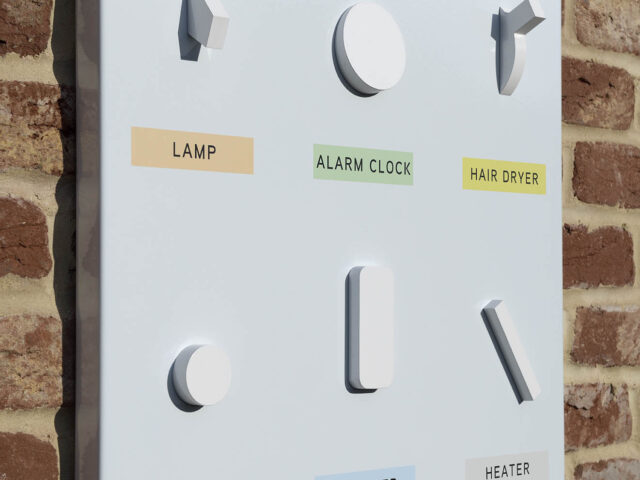
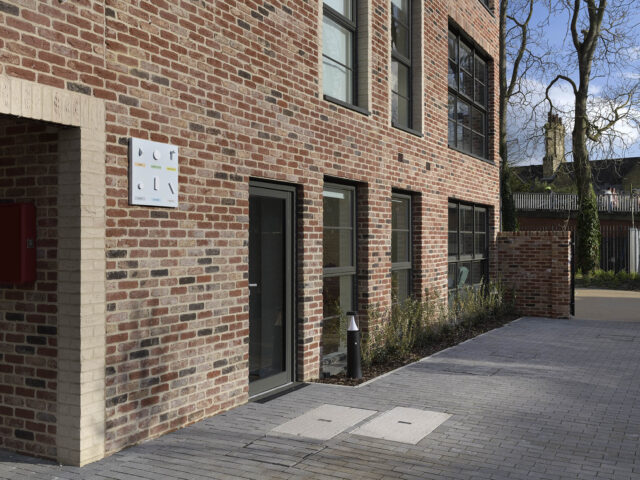
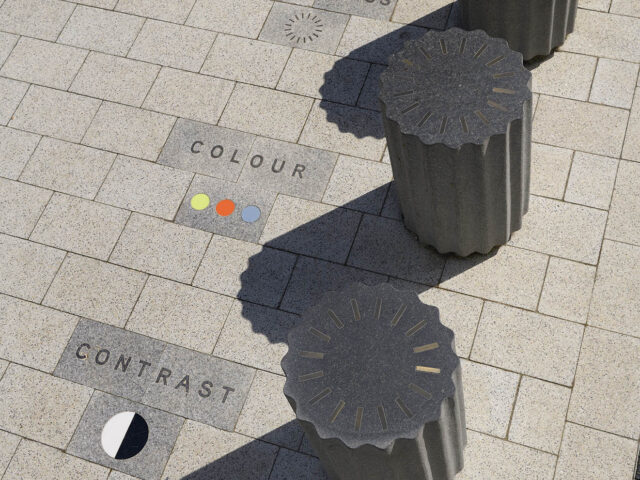
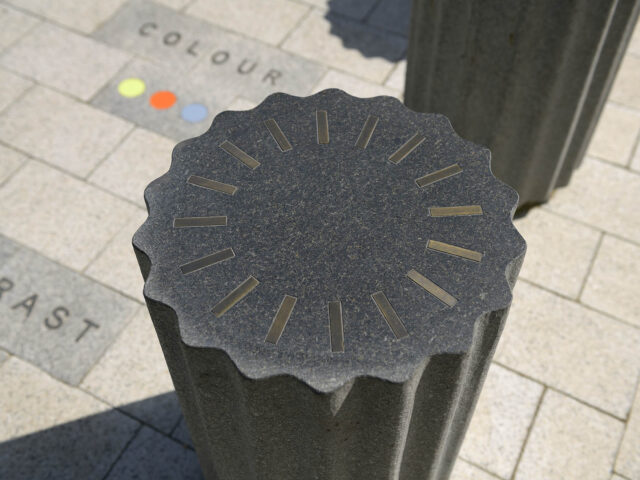
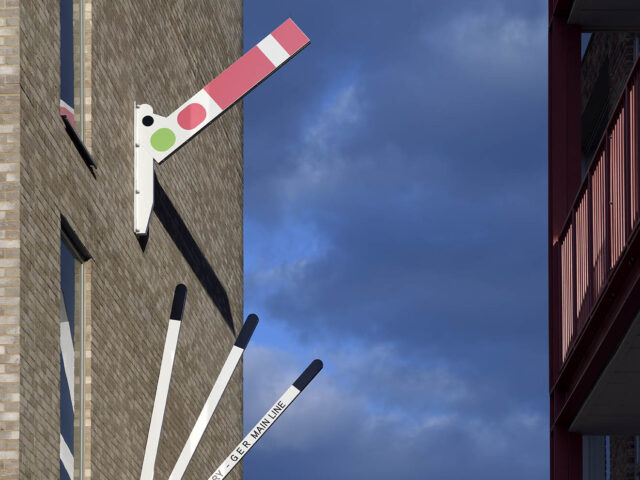
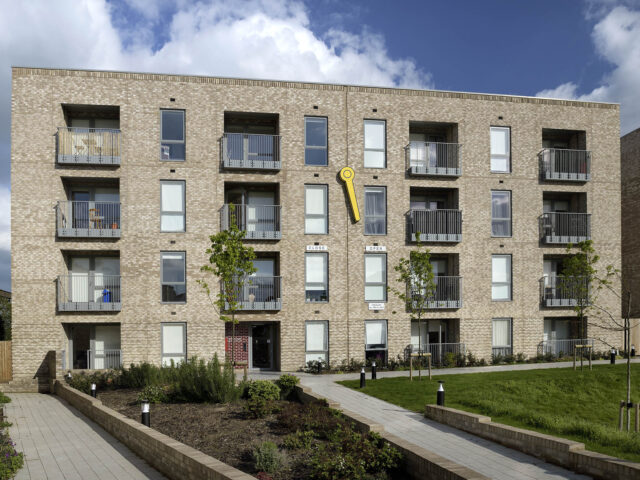
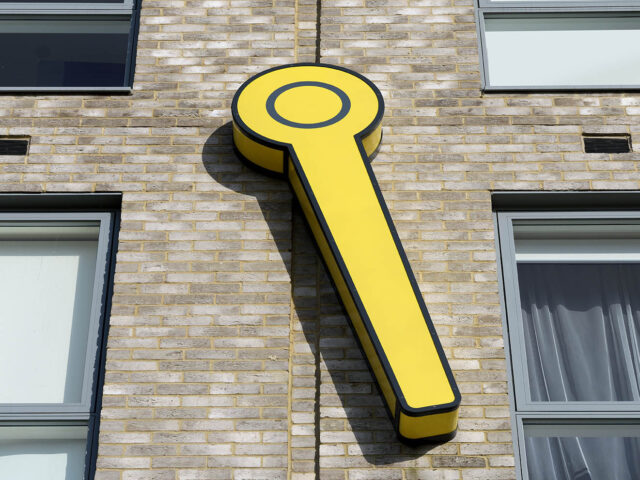
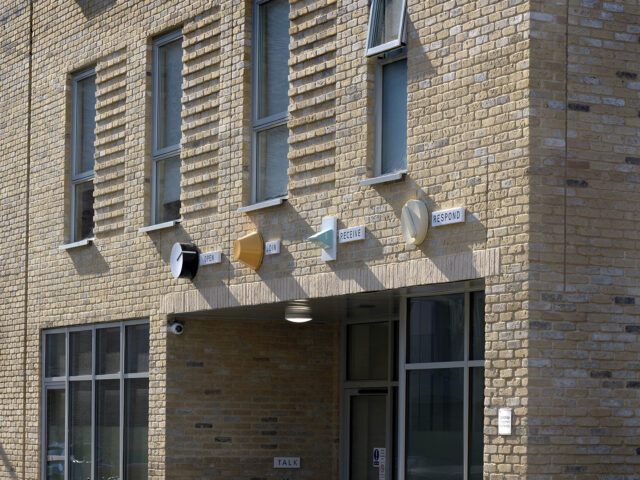
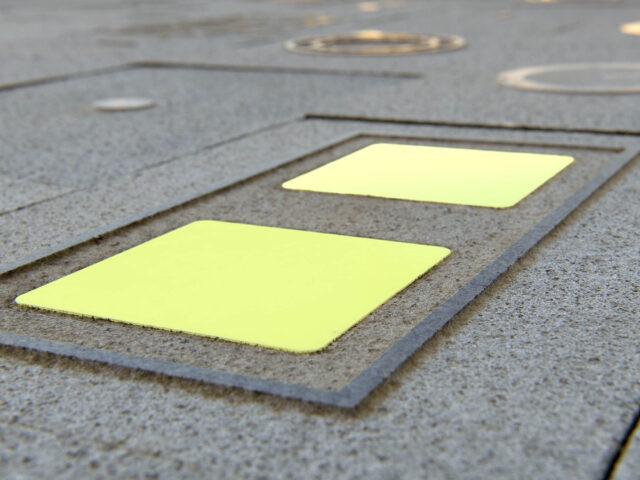
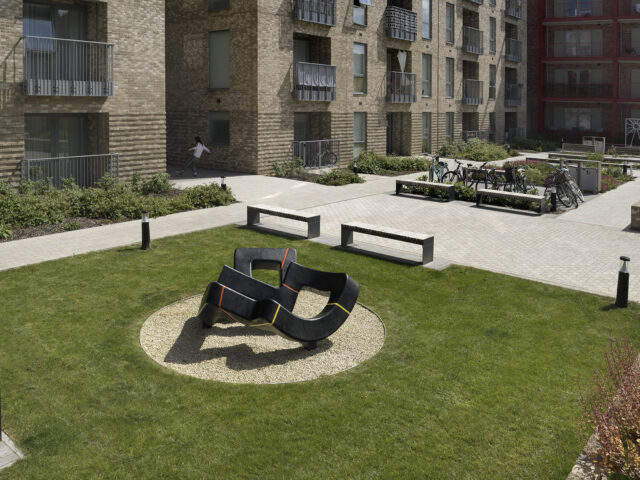
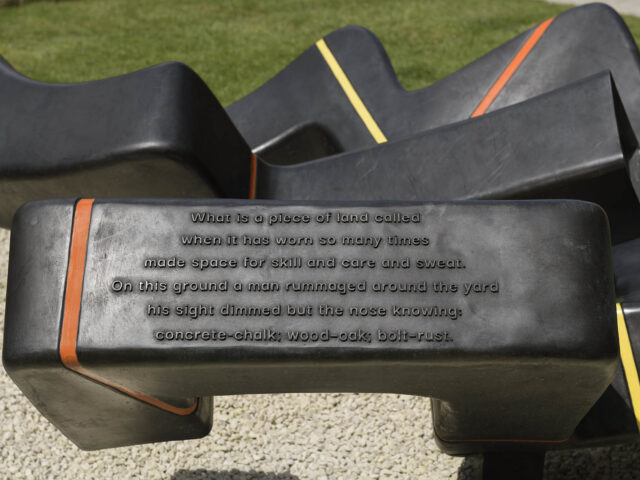
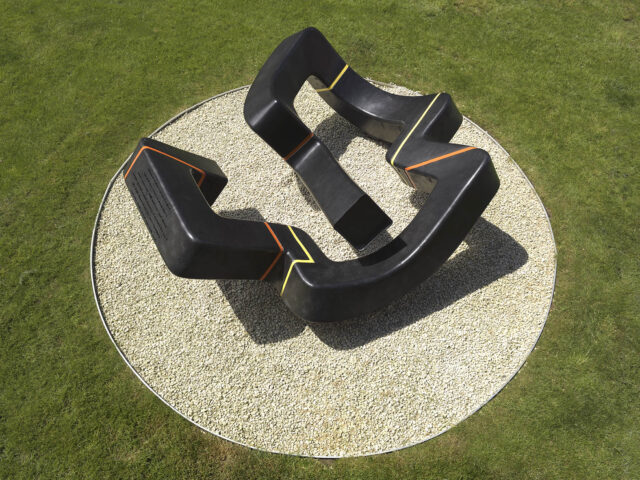
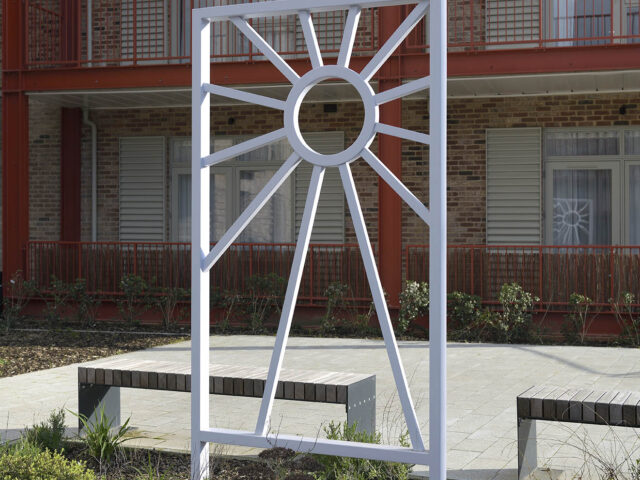
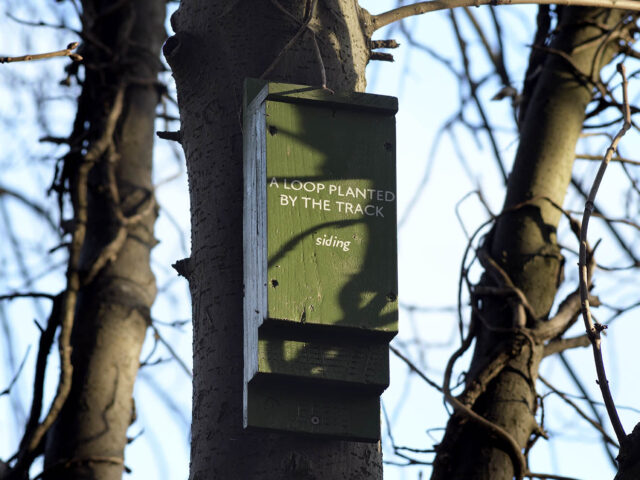
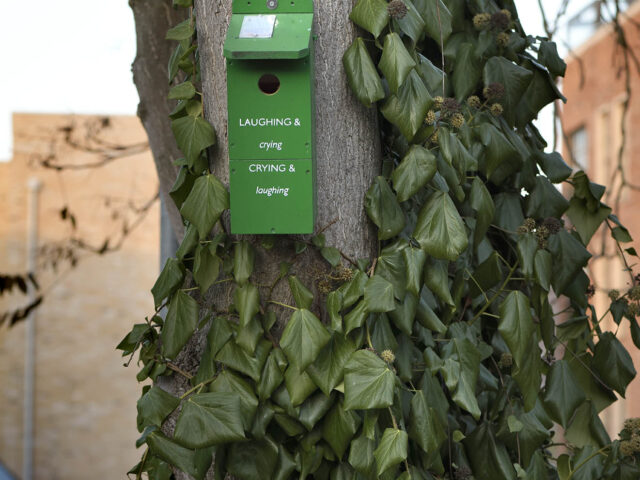
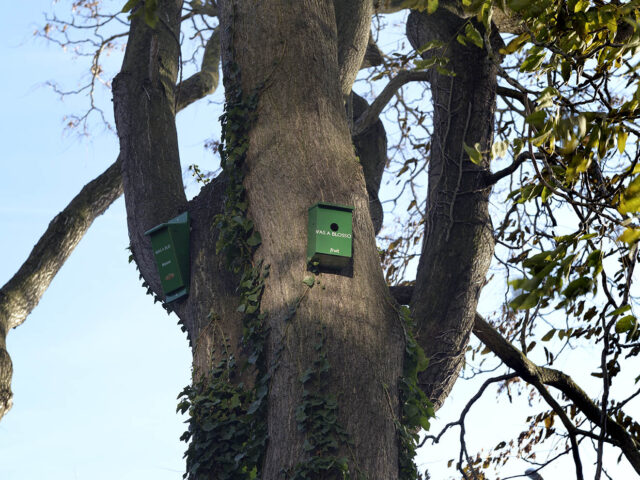
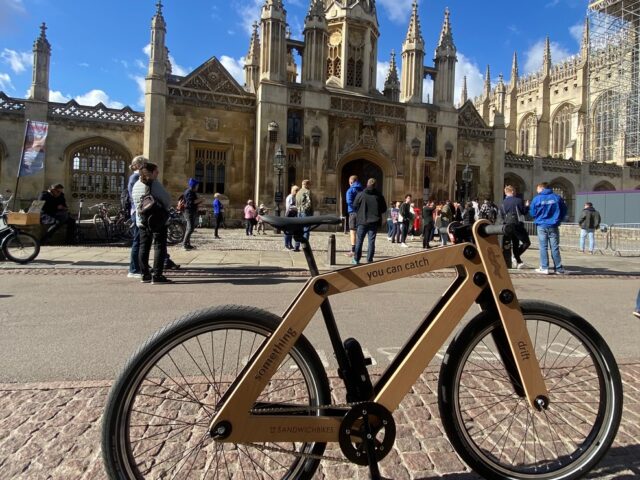
Artworks
‘The Sun Spoke’ by Alec Finlay includes the transformation of a bike into an artwork; referring to these works as living sculptures, the wooden ‘sandwich bike’ displays a poem by Alec on its side. As the rider goes around Cambridge the wider community and visitors to Cambridge have an opportunity to experience the artwork commissioned through the Resonance-Cambridge programme.
Alec is working across seven of the CIP sites, these locations will be home to a series of his living sculpture artworks including birdboxes, tree stakes and fingerposts, each having a specific poem engraved or written onto it that relates to the site.
The first sandwich bike is being used by a resident of the Ironworks development so look out for it as you travel around the city.
Click on the link to hear Alec Finlay talking about the Sandwich Bike Living Sculptures
‘Lever’ series by Tom Pearman is a group of inter-related artworks, which introduce a range of different styles of switches and levers that would have been used in and around the site throughout its history.
Taking inspiration from residential, commercial and industrial switches as part of the research into the former and present communities and occupations in Petersfield.
Initially inspired by the objects on display at the Cambridge Museum of Technology, from electrical engineering to the switch that turns on our kettle. This ubiquitous, yet often overlooked, everyday item conveys much about the people who used the items and the period in which it was created.
A switch label, as simple as it may sound, enables us to identify the correct switch to flick, switch, or turn. Introducing this element to the artwork enables machines or appliances to be showcased in a colourful and graphic style. And at the same time, can identify and showcase a wide variety of components and instruments that have a relationship with where these new homes are being built – its locality and residents, past and present.
‘Steam Power’ is a piece referencing the site’s use in the 1850s. Under the partnership of Headly and Manning, The Eagle Foundry manufactured a wide variety of steam-powered machinery and engines including engine boilers, gasometers and pumps for use on the land or for fen drainage. ‘Train Signal Switch’ also references the Eagle Foundry, which occupied the central part of what was to become the council storeyard. An OS Map from 1886 showing the land to the left between the foundry and rear gardens of Kingston Street Houses, and to the right between the foundry and the railway has been used to inform the artwork.
The ‘PYE Radio Switches’ reference the radios and TVs, manufactured at the former Cambridge-based PYE factory, having been in the homes surrounding the development and many of the PYE workers, residents of Petersfield and the surrounding areas.
‘Timekeeper’ by Jo Chapman was inspired by the site’s former uses and the work that took place. The piece acknowledges the thicket of time, acting as a palimpsest for the area. The location of the new homes at Ironworks has been a foundry, the workhouse allotments and piggery, a storage yard and the council depot. The sculpture is intended to be sat on and interacted with by the Ironwork residents.
The sculpture incorporates a verse from a poem, adding further layers to the piece. The poem was developed in collaboration with writer and poet, Hannah Jane Walker and the Lifecraft community group.
The form is developed from the shape made by the footprint of the former foundry buildings, from old maps and drawings of the drainpipes cast by the Eagle Foundry. It is a contemporary, sculptural interpretation of a foundry’s language – of metal, casting, industry, technology – and forms that are both functional and robust. Three-dimensional wax printing was used to make the castings for the fabrication of the piece. The process provided a contemporary parallel, the incorporation of cutting-edge technology, and the approach of Headly who at the time also embraced innovations and the latest technology.
The colour references the more recent past as the council depot. The orange and acid yellow are the high-visibility work clothes of the council workers.
Artists
Artwork is being commissioned to enrich the new location and enhance the public space provided through the scheme. The focus of the artwork is to be the shared communal spaces and clear, legible routes through the area.
Details of the artists who will be working to create exciting new spaces within Ironworks.
Photography by David X Green
Background Ironworks
The area was formerly occupied by the council depot and included some council offices. The existing garages on Hooper Street do not form part of our site area and will be retained. In the past, the location has been home to several industrial activities, including a coprolite mill, a coal depot and an iron foundry, called the Eagle Foundry. The Eagle Foundry was one of the first businesses to capitalise on the arrival of the railway, relocating from Market Hill to Mill Road in 1847. The only locomotive ever to be built in Cambridge was made there.
The former Mill Road Depot Site being developed by Cambridge Investment Partnership (CIP) will provide 182 new homes ranging from terraces and mews houses to apartments, including 50% of these being affordable rented council homes. It will provide a new community centre, along with high-quality open space amounting to 28% of the location. The open spaces will include a new park with a neighbourhood play area.


